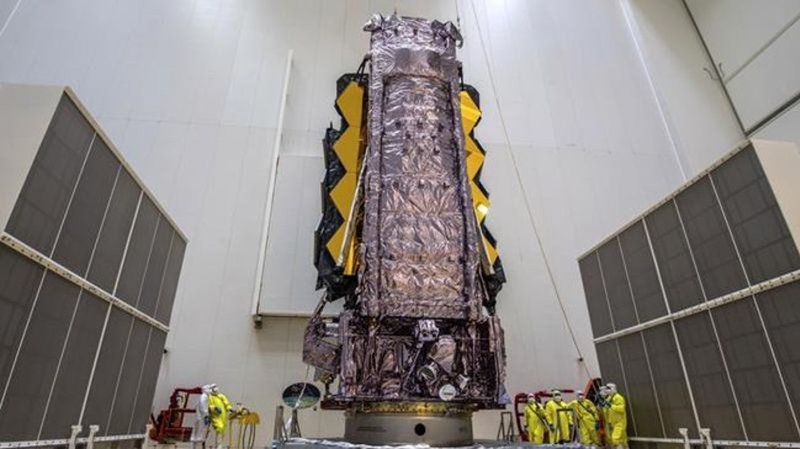
‘Guided by Canada’: NASA space telescope with Canadian components to launch this week
Right now, in a solar system far, far away, seven planets orbit a red dwarf star.
Three are the right distance from their sun for liquid water to be present. One of them, known as Trappist 1-F, also has the right density. Could oceans lap the shores of this faraway world, 40 light-years from Earth?
“There’s a good chance this planet is water-rich,” said Rene Doyon, a University of Montreal physicist and exoplanet specialist. “The only way to find out is to use Webb.”
Doyon is talking about NASA’s James Webb space telescope, the product of $13 billion and more than two decades of work that is finally set for liftoff this week. Doyon, the principle investigator for the telescope’s Canadian-built components who’s been with the project almost since the beginning, can hardly wait.


